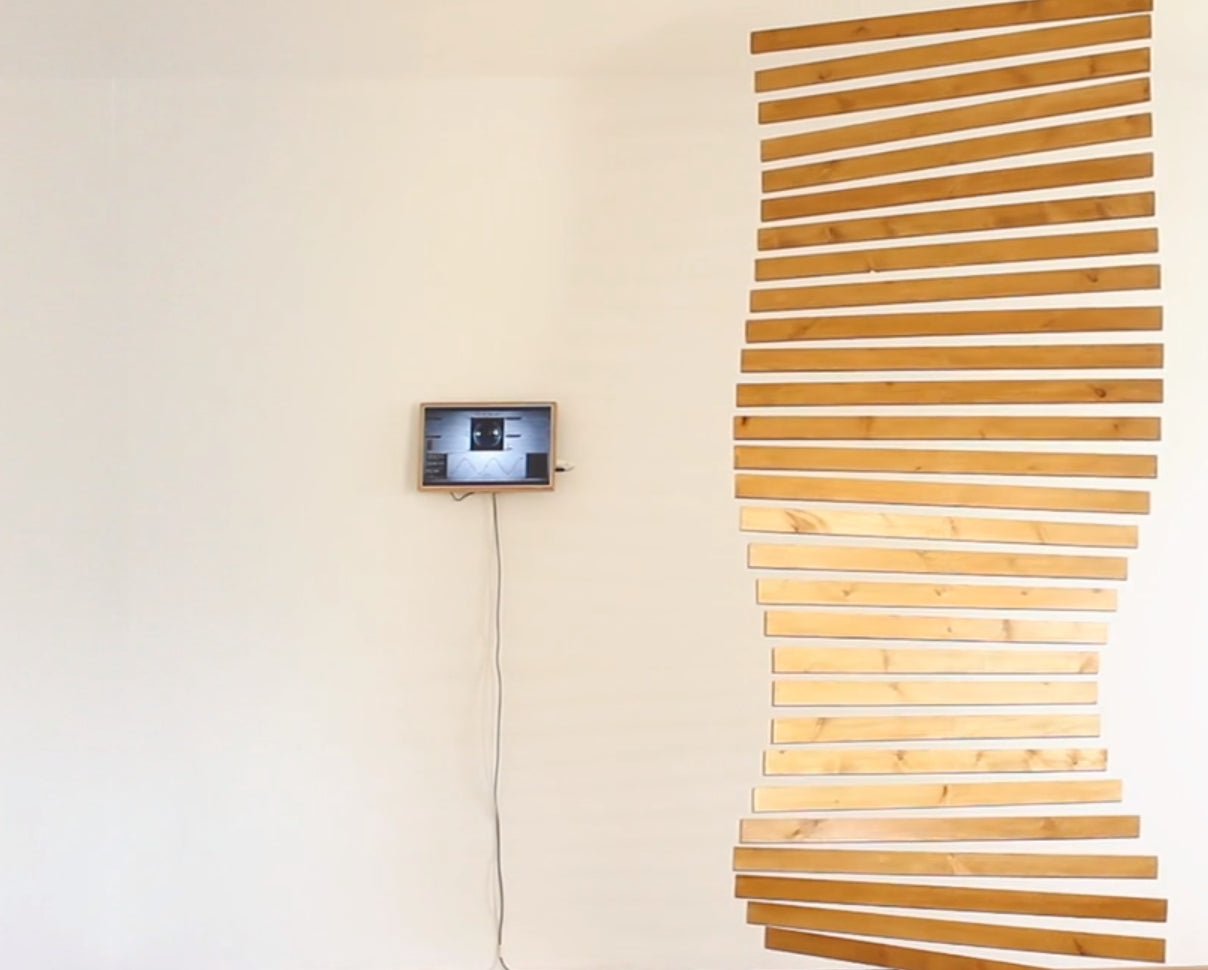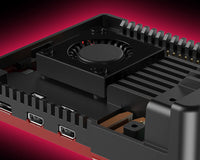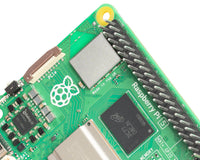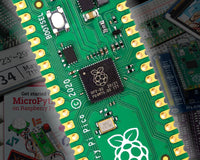
Raspberry Pi Roundup - a kinetic sculpture, a LEGO special issue of the MagPi and a snake monitor
Kinetic Sculpture

Yiannis Kranidiotis has created a kinetic sculpture which reacts to live data of the solar wind. Called Cyma, which is Greek for ‘wave’, the sculpture works by the bottom plank being moved and then that movement being translated up through the stack along a nylon strand. The data is read and analysed by a Raspberry Pi, whilst the motor control for the bottom plank is controlled by an Arduino.
The movement of the sculpture is driven in real time by live data of the solar wind. The strength of the wave movement (amplitude of the modulation) is controlled by the solar wind speed and the mode of waves (fundamental or harmonics) is controlled by north-south direction of the interplanetary magnetic field (Bz).
You can read a lot more, especially about the data, on his website and you can see Cyma in action below:
MagPi LEGO

The October 2017 issue of The MagPi magazine is out. Plenty of great stuff in this issue including a special on how LEGO can be used in conjunction with our favourite single-board computer. Download for free from the MagPi’s site or buy it in print from The Pi Hut. It’s also available in good newsagents and supermarkets.
Snakey Stuff
Richard Hayler recently acquired a new pet snake which he’s called The Kernel. The Kernel is housed inside a tank and Richard wanted to monitor the temperature and humidity of the environment. So, he used a DS18B20 waterproof temperature sensor (like you might get in the CamJam EduKit 2) and also a DHT22 humidity sensor and hooked them both up to a Raspberry Pi. He added a second Pi with a camera to keep an eye on the snake and also connected one of the Pis up to a 3D-printed door mechanism to ensure that the door was always closed after tank/snake maintenance. All the data is uploaded to IoT service provider Initial State and he’s used a Pimoroni Inky pHAT to display the information locally. You can take a look at more information on Richard’s blog and see the code and 3D printer files on GitHub.






